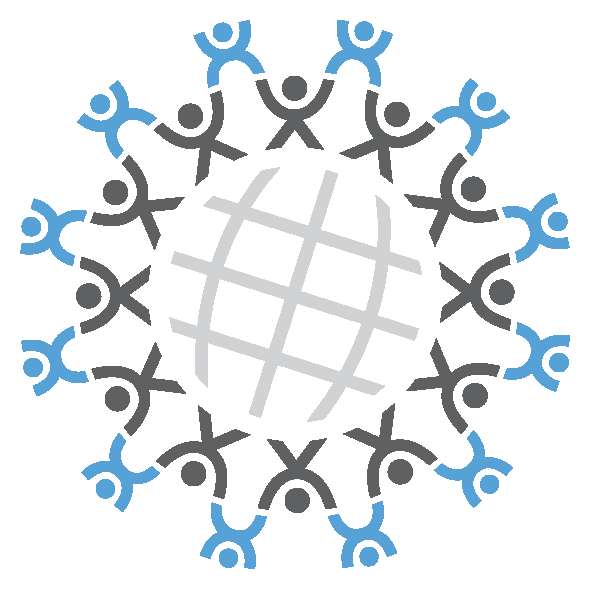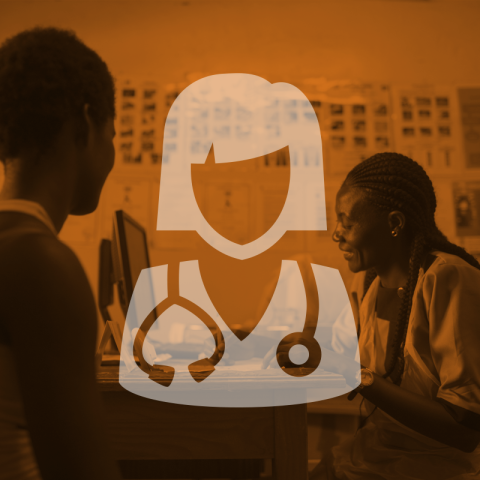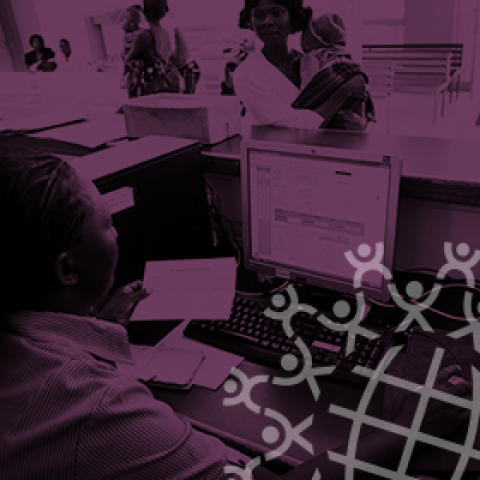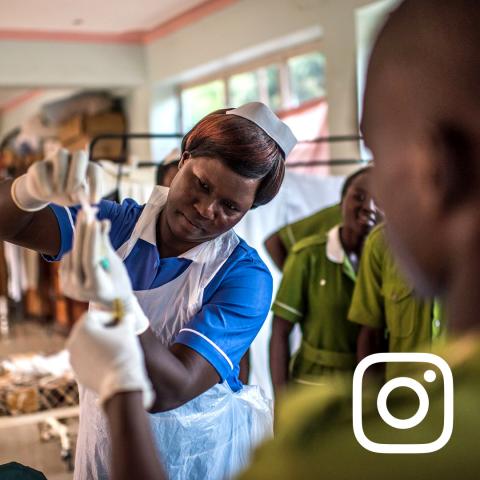Text Messages: An Essential Tool for Reaching Remote Health Workers in the Kenyan Health System
Like many sub-Saharan African countries, Kenya has a severe shortage of health workers, especially in rural and hard-to-reach areas, which makes it difficult or impossible for people in these areas to...
By Grace Alone
Transitioning “fistula work” is not easy. Treating obstetric fistula is a service by grace alone, especially if you’re a government worker.
Uganda’s Electronic Databases: From Guesswork to Real Data Management
I used to work at the Registrar of the Uganda Nurses and Midwives Council where I was the custodian of all information pertaining to the Ugandan nursing cadre. I often felt humbled when people, including those from high-ranking organizations, would come to me seeking data.Computerized Shortlisting Saves Time and Money, Gets Health Workers Where They Are Needed
The Uganda Capacity Program began collaborating to come up with a better way to quickly recruit, process, and hire qualified health workers.Pfizer Fellow Reflects on Health Huts, Emailing, and Other Lessons Learned in Senegal
When I first came to Senegal, I did not know at all what to expect. I knew it would be a life-changing experience.Agaïcha's Story
On the sixth day, my uncle took me from the village to the nearest health center, 65 km away. Once we got there, an unskilled health provider pulled the baby out by force. My son was dead. The following day, my torment started: I could not control my bladder anymore.”Without the User, There Is No System: Harnessing Technology through the eHealth Workforce
When we talk about building strong health systems and the health workers needed to run these systems, we often think about doctors or nurses or community health workers. Just as crucial to health...












